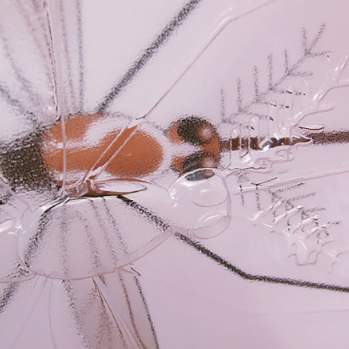Touch and multisensory education an alternative using design for all
Main Article Content
Abstract
In 1993, a group of professionals gathered with the purpose of developing a cartographic model for blind people. This began at Universidad Tecnológica Metropolitana (UTEM for its acronym in spanish) and subsequently was supported by the pan American Institute of Geography and History. The utem's cherished dream of creating the center of tactile cartography-UTEMconsolidated in 2003, with the sponsorship of the Organization of American States (OAS). The center's main theme has been visual disability and the study of tactile cartography. An in-depth study of this experience has allowed us to understand that maps are a type of instrument that allows another form of "seeing the world."
Touch becomes an effective instrument to interact with the environment and with the beings and objects in it. This is what we propose as an educational possibility not only for blind or low-vision girls and boys.
We believe that if the educational system gave the sense of touch the importance it deserves, it would contribute to forming people with greater awareness of their environmental and sociocultural responsibilities, and also encourage, a more sustainable education, with a greater emphasis on human relations.
Article Details
References
Correa, P., (2011), Imágenes que podemos tocar, Santiago, Chile: Universidad Tecnológica Metropolitana.
Delval, J., (1990), La mano como instrumento de conocimiento, Revista de Occidente, 19-42.
Edman, P., (1992), Tactile graphics, New York, USA: American Foundation for the Blind.
Gardner, H., (2007), Estructuras de la mente, México: Fondo de Cultura Económica.
Jay, M., (2003), Campos de fuerza, Buenos Aires, Argentina: Paidós.
Katz, D., (1930), El mundo de las sensaciones táctiles, Revista de Occidente, Madrid.
Margolin, V., (2003), Las rutas del diseño: Estudios sobre teoría y práctica, México, D.F: Designio.
Merleau-Ponty, M., (1975), Fenomenología de la percepción, Barcelona, España: Península.
Moles, A., (1991), Imagen didáctica, Barcelona, España: Ceac.
Pallasmaa, J., (2012), La mano que piensa. Sabiduría existencial y corporal en la arquitectura, Madrid, España: Editorial G.G.
Pallasmaa, J., (2006), Ojos de la piel. La arquitectura y los sentidos, Barcelona, España: Gustavo Gili.
Varela, F., (1996), Ética y Acción, Santiago, Chile: Dolmen


